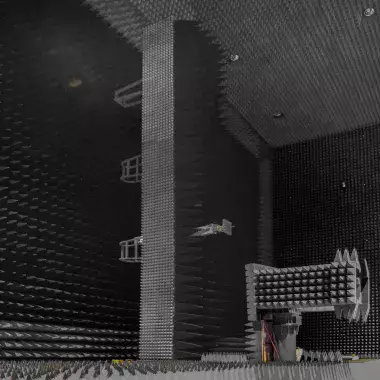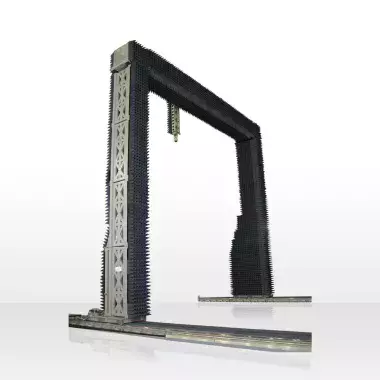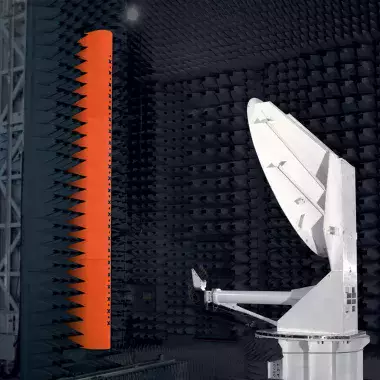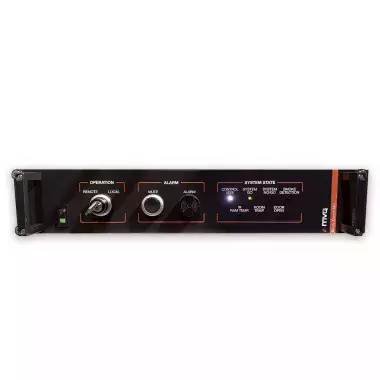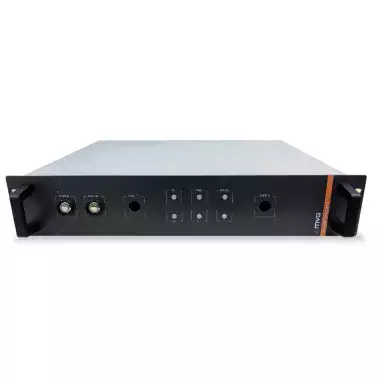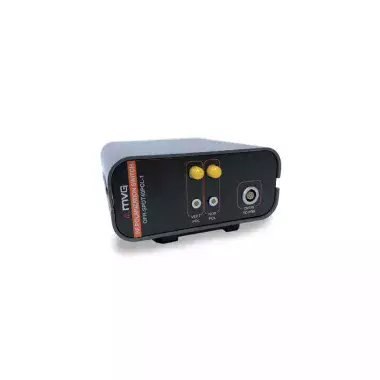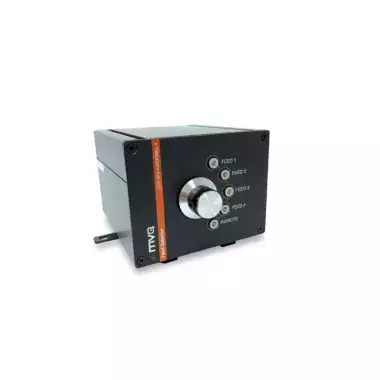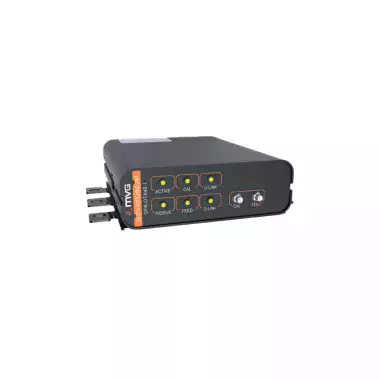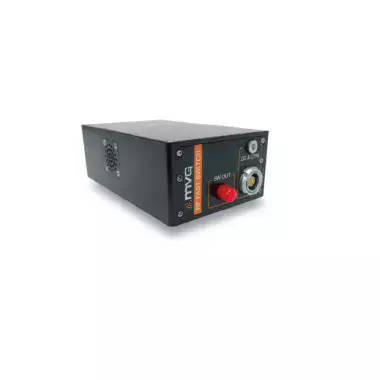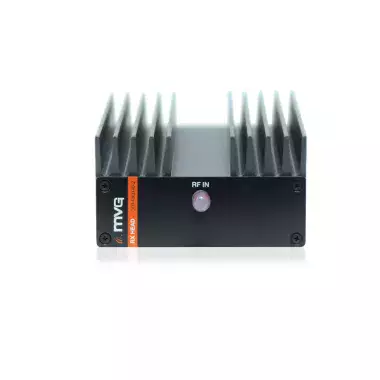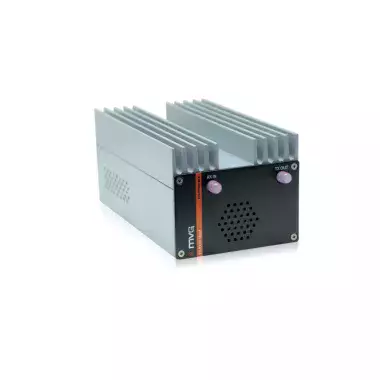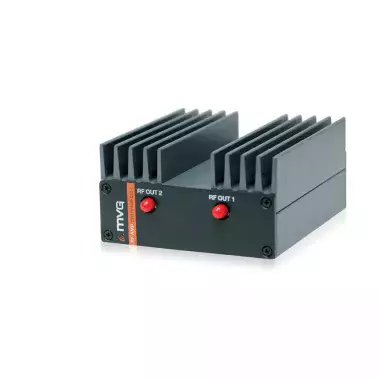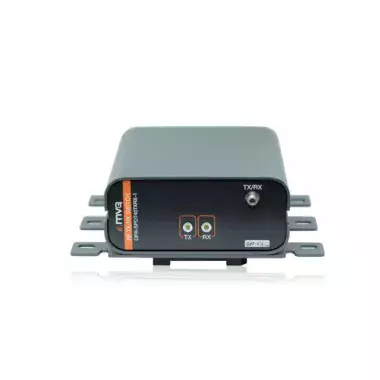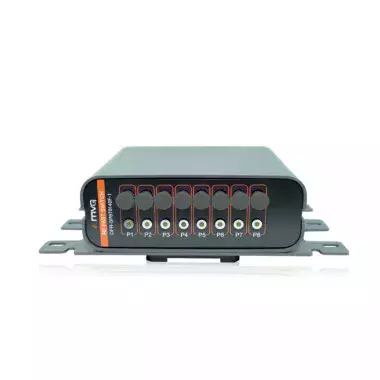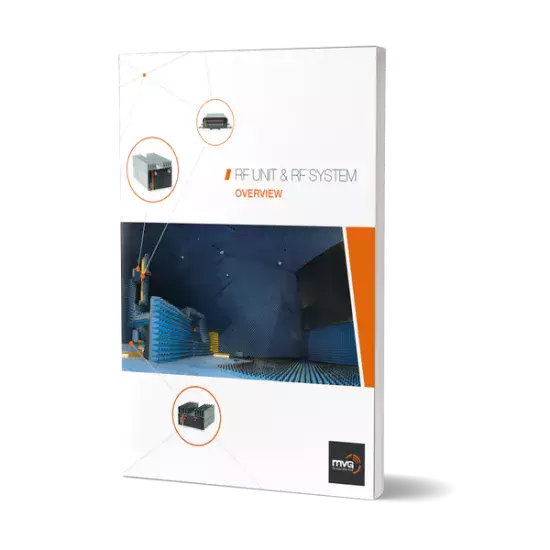
The evaluation of antenna parameters such as radiation pattern, directivity, gain, and polarization, is performed in antenna measurement ranges.
Various techniques exist to measure these parameters: The far-field technique, through the illumination of a uniform plane wave; the compact range, measuring the far-field via reflector technology; or the near-field technique using computational algorithms to transform the near-field to far-field data of the Antenna Under Test (AUT). Each technique demands system requirements and particular configurations for an optimal test environment.
Radio Frequency (RF) measurement units can be integrated into systems using these techniques to increase the accuracy of antenna measurements. RF systems are based on up and down frequency conversion through mixers or frequency multipliers. The mixer is a critical component in the instrumentation of antenna measurement. It converts the RF signal at one frequency into a signal at another frequency. It mixes the input RF signal at a frequency, fRF, with the local oscillator signal at frequency, fLO, to obtain a signal at an intermediate frequency fIF. At the IF port a filter is connected to reject all spurious signals except for the fIF frequency.
Placing transmit and receive units (the two main units of the RF system) in the vicinity of the RF probe/feed and the AUT offers:
- An optimal dynamic range
- Provides high accuracy antenna measurements
- Allows accurate transmitted signals by avoiding phase and amplitude disturbances caused by flexing RF cables
Such an RF system configuration can be used with any type of Vector Network Analyzer, RF source and RF receiver.
